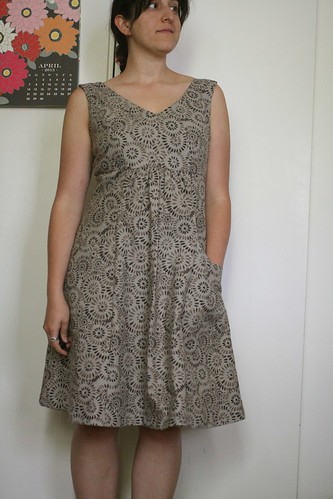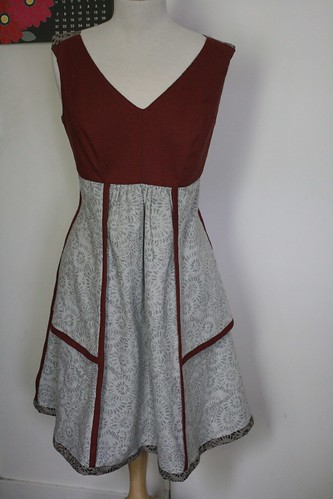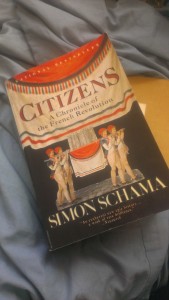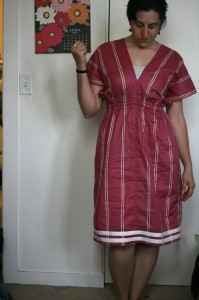I have been making changes in the way I live.
I am making my own clothing, I am cooking food from scratch and eating more whole grain, I’m cooking meatless at least twice a week (although this is mostly a reactionary measure since so many heart & cholesterol problems have cropped up in my immediate family), and I’m growing the majority of my food during the half year that I can.
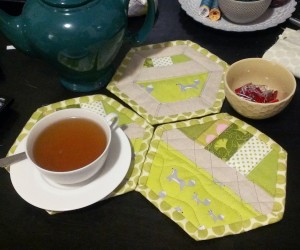
Patchwork coasters make tea-time prettier.
I have many reasons for doing these things.
I love Making. I love the act of creating something, knowing it has a purpose and putting my thought and love into it. It’s alchemy, and it’s magical. It’s a transformation, and when I stopped believing in God and religion, I think I needed something that had a sense of magic to it. Without magic the world is boring. I make because I want to be healthier. I make because I want to waste less. I make because I want to live longer and live happier and be surrounded by useful things that are also beautiful instead of useful (and useless) things made to be disposable.
I also feel privileged that I’m at a place in my life where I CAN make things. Making things isn’t cheap. Many companies sell their products for less than it costs to make them. And making things WELL is never cheap either. I could buy a cheap polyester fabric to sew a dress, but I know that in the long run it will hold up, and be more comfortable, and get much more use if I use a well made cotton fabric. Also, polyester is made from petroleum products, of which there is a finite amount on this planet. My cotton dress, when it’s all worn out, can be composed back to the earth where it can fertilize more cotton. It’s not using up a finite material like polyester is. It also means one less dress made by an underfed, overworked teenage girl working in a dangerous building in Bangladesh. Also, duh. Cotton feels better 🙂
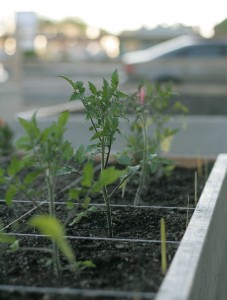
Heirloom tomatoes in my garden
I try to eat locally grown foods because, quite frankly, they taste better. They are harvested when they should be (and not before), brought more quickly to me, and I can cook them before they would even have made it to my supermarket if they were coming from somewhere else. It also has the added benefit of using fewer petroleum products to get to me (again… finite resources). The money I pay for my local produce (which is admittedly more than I would pay if I shopped sales and bought stuff from the grocery store), stays in my community and helps support the shops I love, my friends and neighbors, and keeps food growing close. Which will come in handy in the case of a zombie apocalypse or the End Of The World.
I am incredibly lucky that I have the flexibility in my income to do this. I have been at a place in my life where I wanted to buy produce, but could only buy pasta and canned sauce because I had to stretch a food budget. I know what that is like. That’s why I get so angry about shit like this. If you don’t want to bother reading the link, it’s a 10-step list of how to turn regular recipes into REAL FOOD recipes. “REAL FOOD” being less processed, more natural, etc… While I have nothing against this idea (and work really hard to avoid processed foods in my life), the tone of this completely blows me away. It’s written in such a way that if you aren’t already doing all this “REAL FOOD” eating, then you should be ashamed of yourself. Any time something is laid out so Black & White I get nervous. How many times were we told “butter is bad for you”, and then we were told “butter is good for you”, and then we were told “butter in moderation”. Life is a journey of discovery. If you feel bad when you eat lots of butter, then forget the article you read that says to eat lots of butter and eat whatever the hell you want! A lot of people are helped by fish oil supplements, but they make me vomit everything I ever ate. So I won’t be taking Fish Oil, thanks. You have to use your own common sense and listen to your own body.
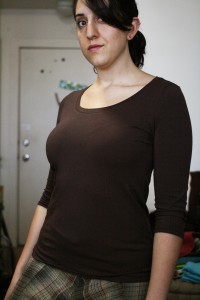
A tee I made… probably the best tee I own!
I’ve got very solid reasons for the changes I’m making in my life, and I don’t always live up to my own expectations. I love air travel, and like to visit people in other places, so I buy plane tickets and I’m not willing to give that up, despite how many finite resources it uses. But the things that are right for me are not necessarily right for you. Get informed. If you know how twinkies are made and what goes into them and still want to eat them, that’s your own damn business. If you understand the supply chain and peripheral consequences that go into that $5 tank top, and you still want to buy it, go for it! And there are trade offs, nothing is wholely RIGHT or wholely WRONG. By not buying clothing made cheaply in less-than-stellar working conditions, I am making those dollars unavailable to support third world growth and a global economy. I get that. But when weighing the fraction of my dollar that will actually go to third world growth (and the corresponding larger portion of that dollar that goes to big-business profiteers) vs. the majority of my dollar that goes to a local artisan, the choice seems pretty clear to me.
I’d love to hear what you all have to say about it. Please feel free to comment and we can carry the discussion on there.
M
p.s. Discussing this a few days ago with Ysolda led both of us to post about it. Her post has a much more interesting details about the supply chains and industry models than mine, so go read it!
 | add to cart | show cart
| add to cart | show cart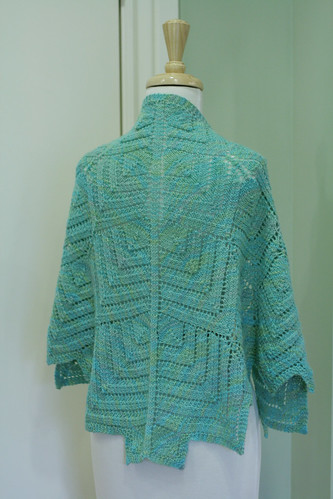
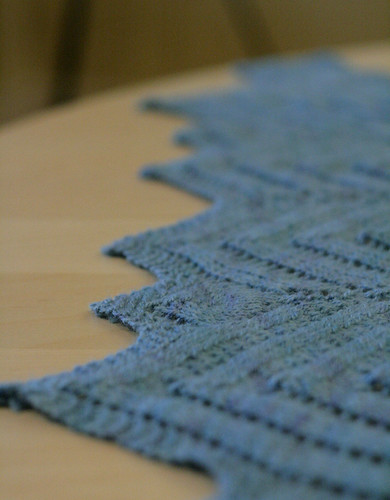
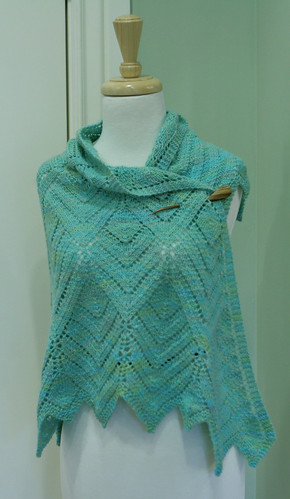
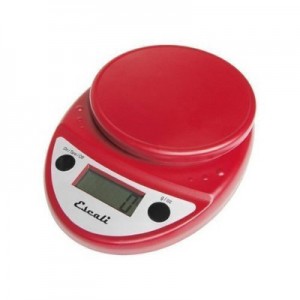 To get the most knitted fabric from your yarn, there are a few techniques with which you will need to become familiar. The first is how to weigh your yarn. Some patterns in this book require that you split your yarn in half. For some items (such as the
To get the most knitted fabric from your yarn, there are a few techniques with which you will need to become familiar. The first is how to weigh your yarn. Some patterns in this book require that you split your yarn in half. For some items (such as the 